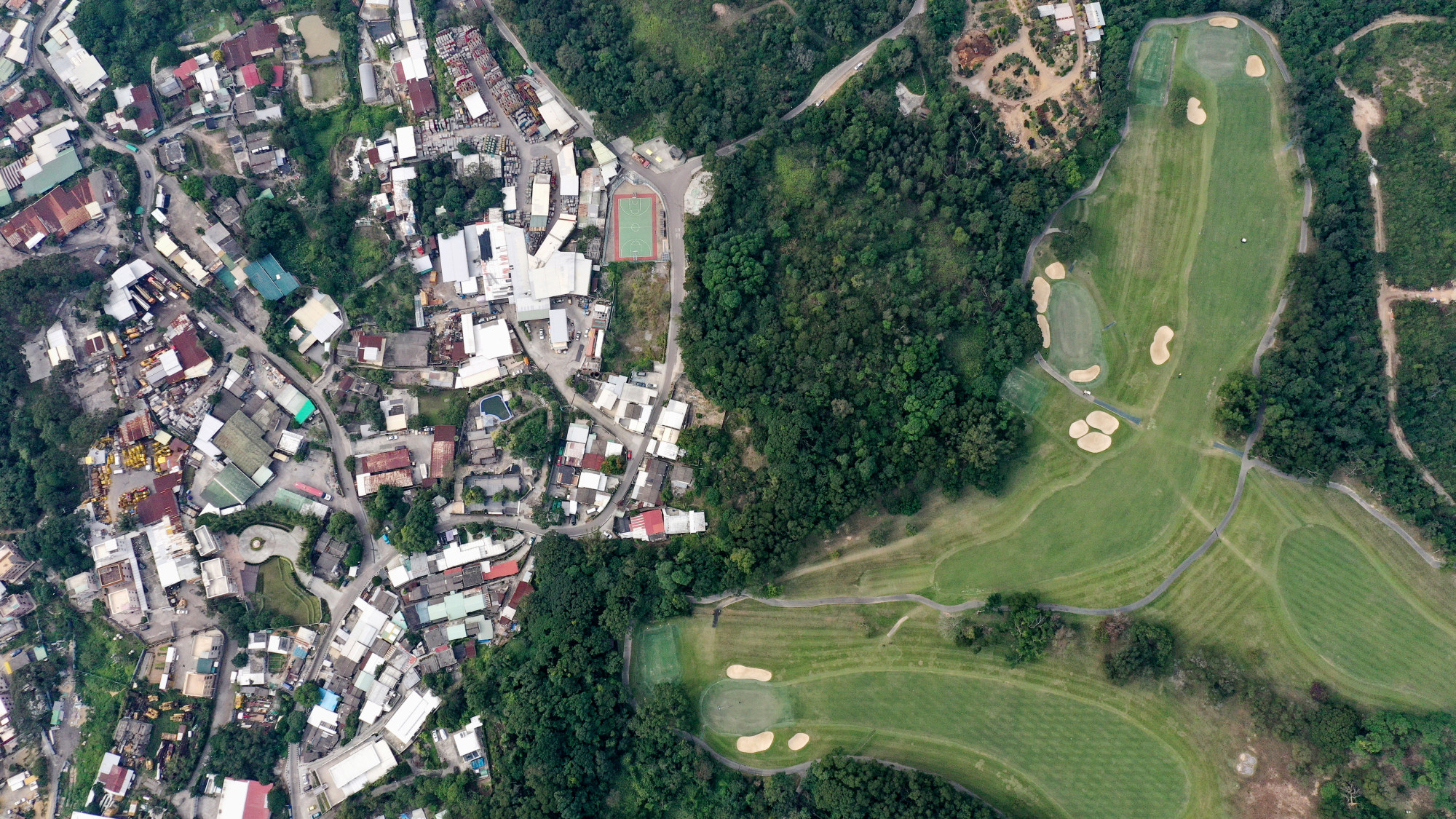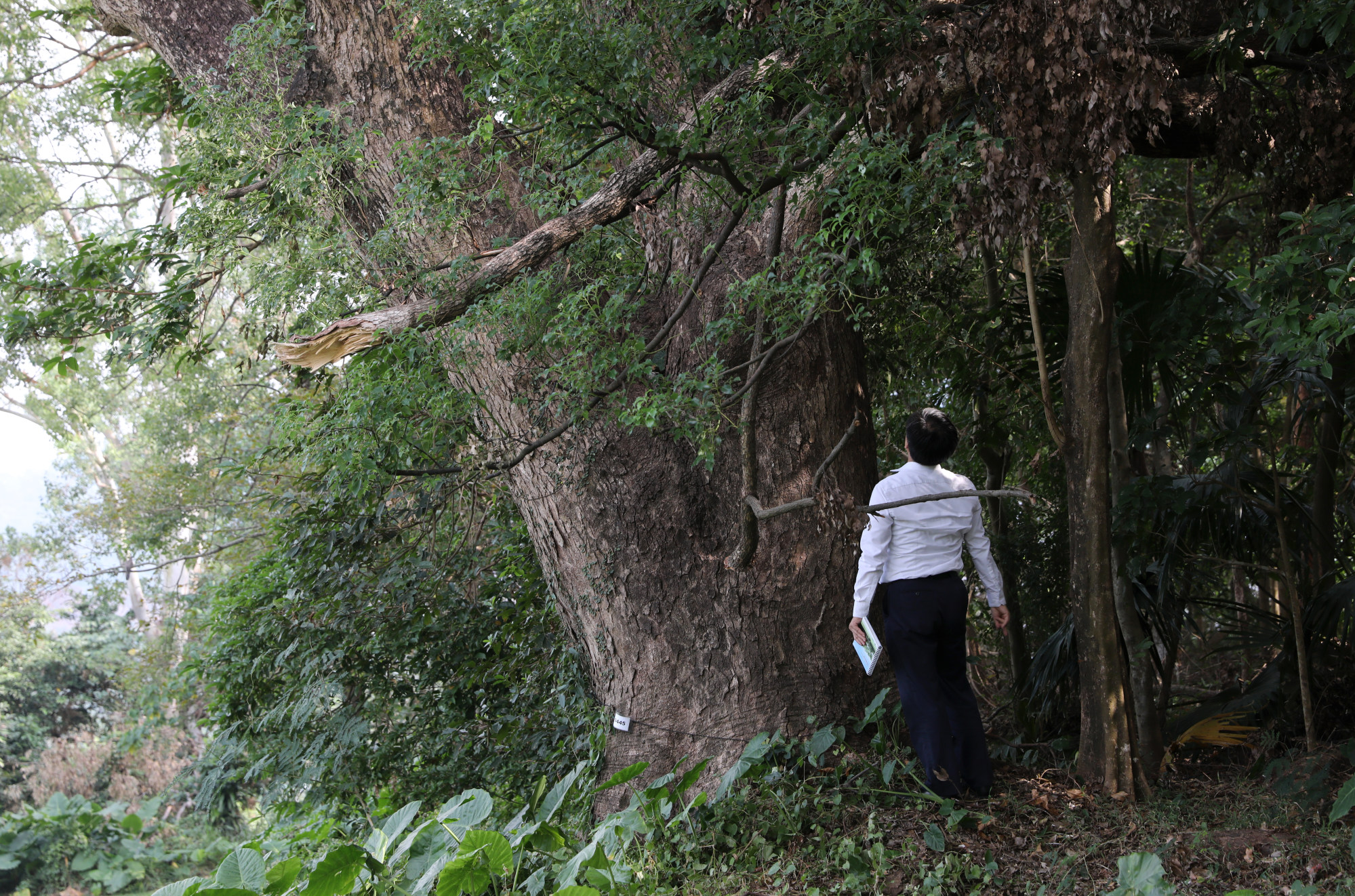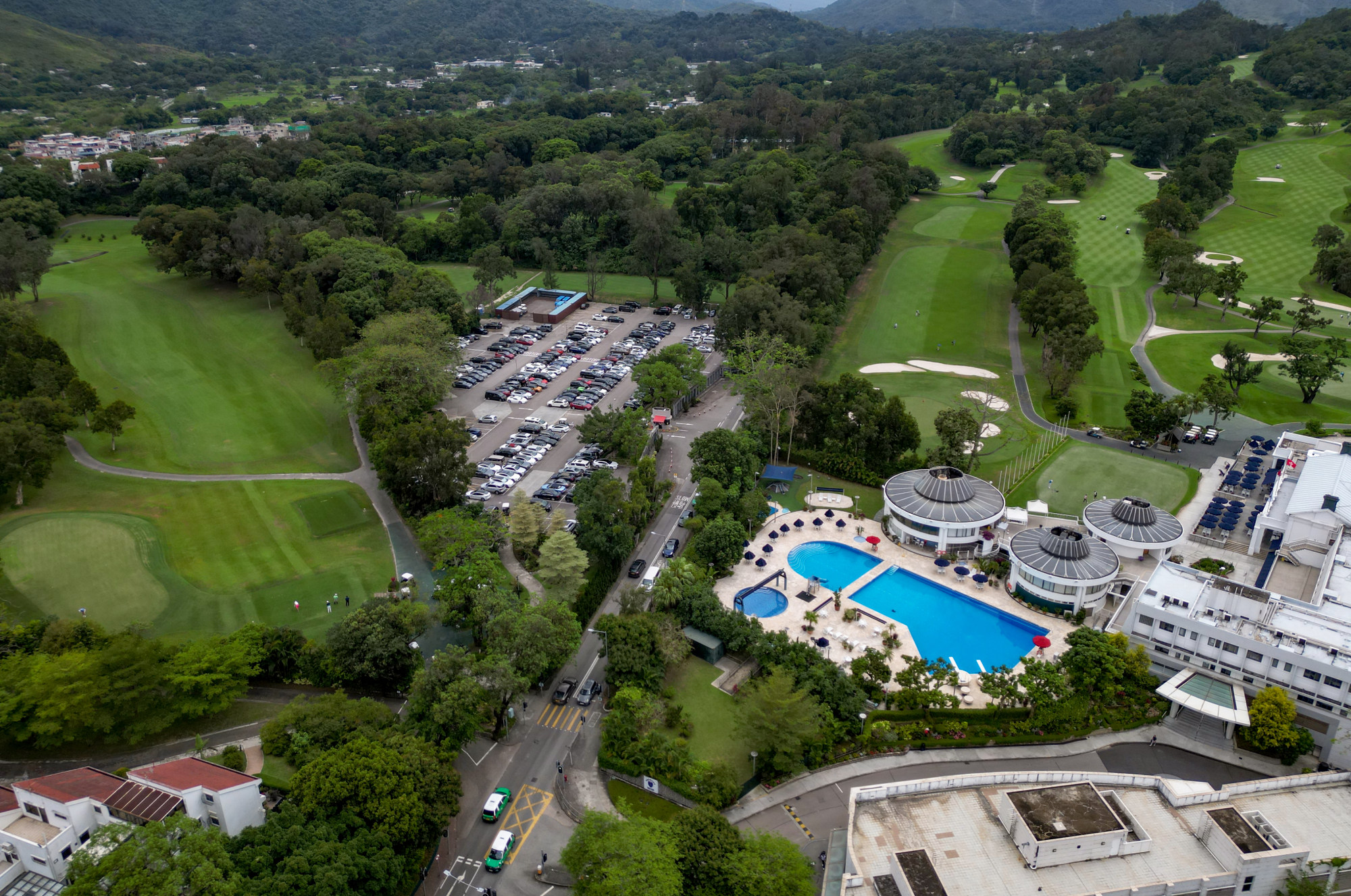
Hong Kong’s leader wants good stories to tell. Hong Kong Golf Club is one, as part of the city’s wonderful countryside. So don’t build housing on it
- Building public housing on part of Hong Kong Golf Club would deprive Hong Kong of multiple economic and social benefits and rob future generations
- It is in the Hong Kong public’s interest – and that of the Chinese nation as defined by Xi Jinping’s ‘ecological civilisation’ call – to retain this parkland
Tempora mutantur – times change, as do the peoples who inhabit them and the world around them. Public needs and expectations change, too – what was considered inherently right by one generation is rightly considered unacceptable by later ones.
But not every legacy from the past should be discarded, especially when their value has not been fully recognised. Hong Kong Golf Club, 32 hectares (79 acres) of which is under imminent threat through inappropriate resumption, offers an urgent case for remedial action.
Comparative examples of sizeable parklands retained from the past, and treasured for generations, exist in other global cities. London’s Royal Parks, such as Hyde Park, Green Park and St James’s Park – once exclusive hunting preserves – are now that city’s greatest environmental asset; vitally important, green and open spaces for the densely crowded metropolis that surrounds them on all sides.
Tightly restricted access, and elite recreational function, unexpectedly preserved them intact for the benefit of generations yet unborn when they were first enclosed for regal use, mostly in the early 16th century.

These parks now encompass some 2,000 hectares of what would otherwise be heavily built over prime real estate, and are enjoyed by more than 70 million people each year.
New York’s Central Park – a vast green 341 hectares within Manhattan’s teeming conurbation – offers a compelling civic vision from the past to implement here.

The Hong Kong public have already proposed that the Hong Kong Golf Club at Fanling in the northern New Territories is capable of being – at 172 hectares – an equivalent centrepiece for the planned Northern Metropolis in coming years. It already provides parkland, forest and beautiful open spaces for numerous kinds of passive recreation, as well as local and international golfing events.
Such visionary planning – a multifaceted gift to China’s future when measured in President Xi Jinping’s path-defining “ecological civilisation” terms – would ensure this remains a treasured element of local heritage.
And even better, this public legacy – if maintained with existing uses at current standards – encompasses “a gift that keeps on giving” as it comes for free; established without cost to the public, this expanse is expertly maintained without charge to the government by the club’s management, who have decades of cultural and natural conservation experience, in addition to hosting international-standard sporting events.

At 172 hectares, Hong Kong Golf Club – while small by comparison with London’s Royal Parks or New York’s Central Park – is an enormous resource in Hong Kong terms.
Within this rolling open parkland, mature forest and golf course, a variety of general recreational uses exist, with opportunities for future innovation that are too valuable to be lost.
Within the old forest and its edges, special plants, wildlife and rare insects flourish. Extensive stands of mature trees are an important asset; the most significant of these – Chinese swamp cypresses – are of unequivocal national significance.

In a recent RTHK Money Talk episode, the radio host asked expert panellists what message they would give to Financial Secretary Paul Chan Mo-po, to help improve the Hong Kong economy.
Hong Kong’s magnificent countryside – with the Hong Kong Golf Club as an integral component – contains a wonderful “good story”; a thriving grove of “living fossil” trees in their old swamp represents an enduring fragment of the ancient history of our Pearl River Delta. This valuable habitat needs expert management and physical protection while retaining the photogenic qualities of the forest and parkland landscape.

Whether this unique cultural and natural landscape remains a key attraction for visitors from everywhere, who will then help retell this “good Hong Kong story”, or becomes a sad tale near a dominating tower-block landscape, is in the hands of the Town Planning Board and the government.
Wider economic and social benefits to Hong Kong are multilayered. Who could have imagined in 1911 that the Old Hong Kong Golf Club – established by enthusiasts and amateurs – should a century later be guided by such dedicated, skilled individuals and attract huge sums of sponsorship funding for prestigious international sporting events, which continuously enhance Hong Kong’s attractiveness as a world-class destination.
Just as commendably, the members who deeply value this natural and cultural landscape have proactively shared its use with the public who enjoy golf and relaxation and form part of the significant numbers in the community striving to protect their parkland.

Should the Hong Kong Golf Club’s attractiveness to international sporting events be diminished, Hong Kong will be the ultimate loser at the same time as China loses the oldest golf course in the entire country.
Such losses were not the objectives for the Northern Metropolis, a north-looking policy that valued conservation of special habitats and high-quality outdoor eco-recreation facilities.
It is clearly in the Hong Kong public’s interest – in addition to the national interest as defined within Xi’s “ecological civilisation” frameworks – to retain this parkland as a legacy for future generations, alongside recreational amenities and a renowned international sporting venue.

